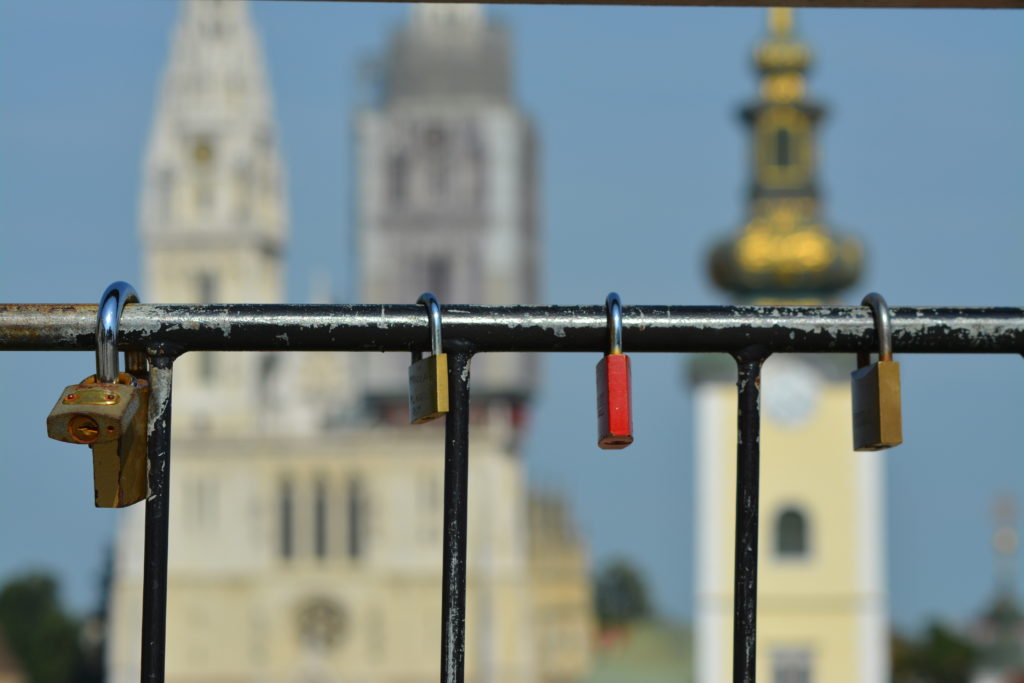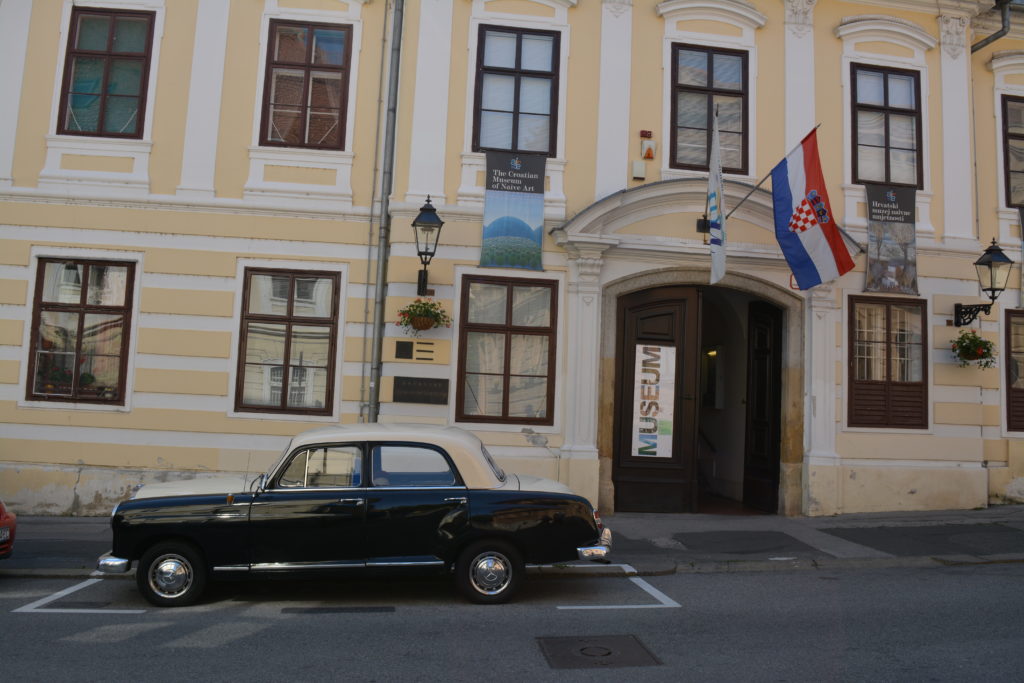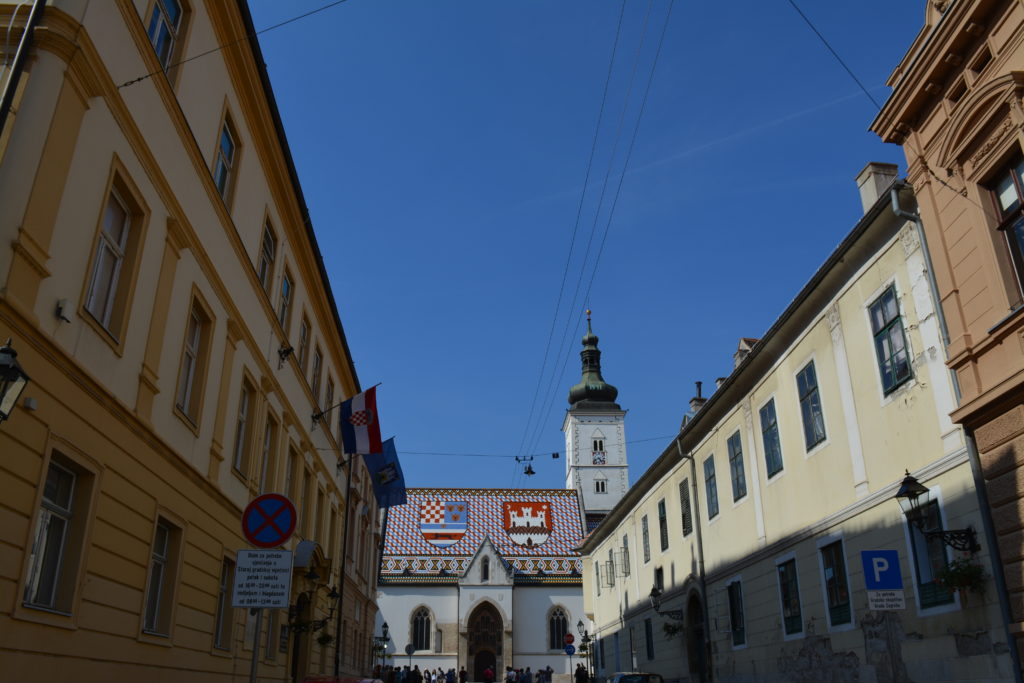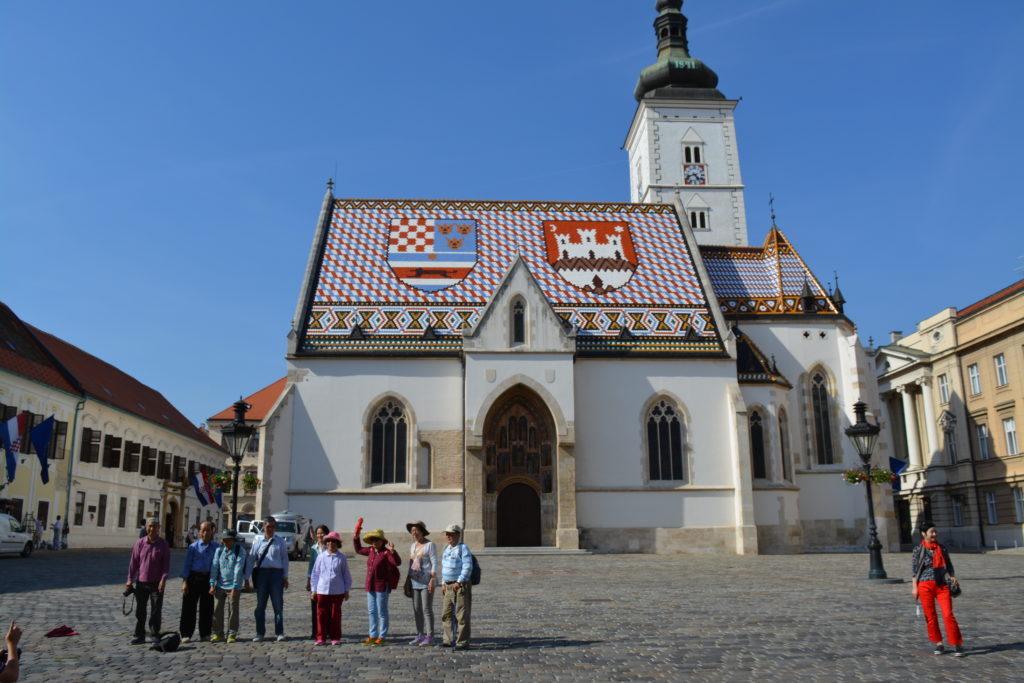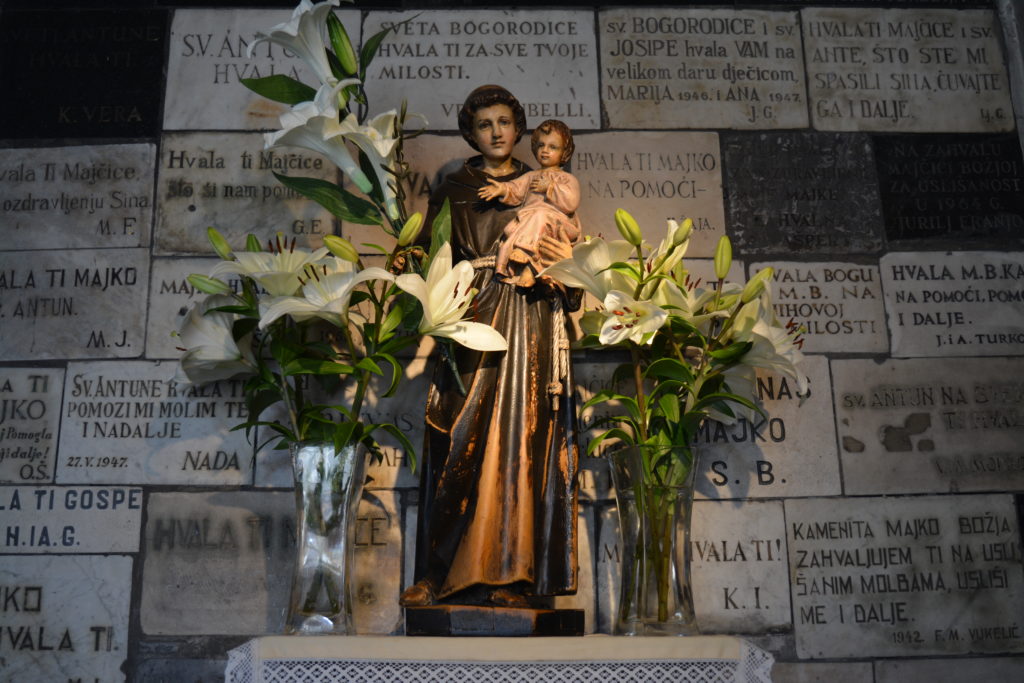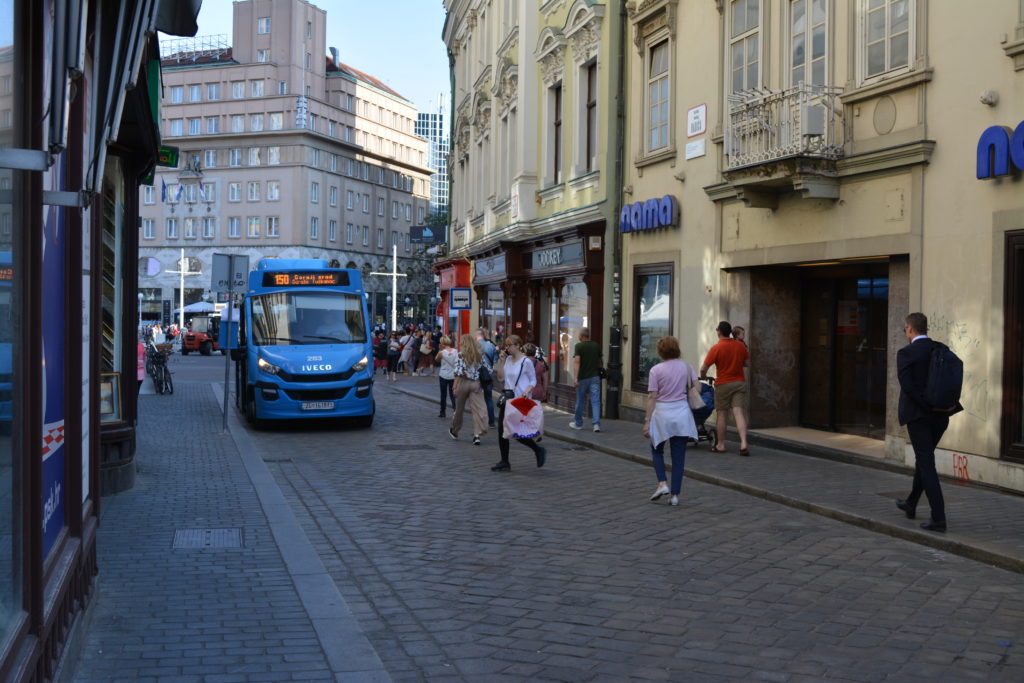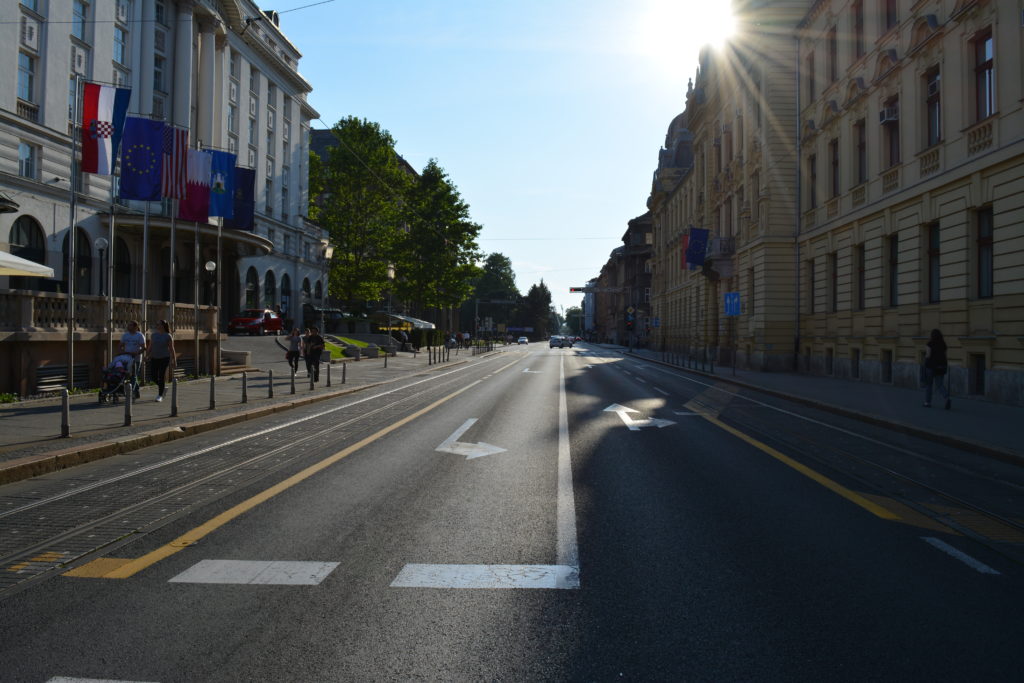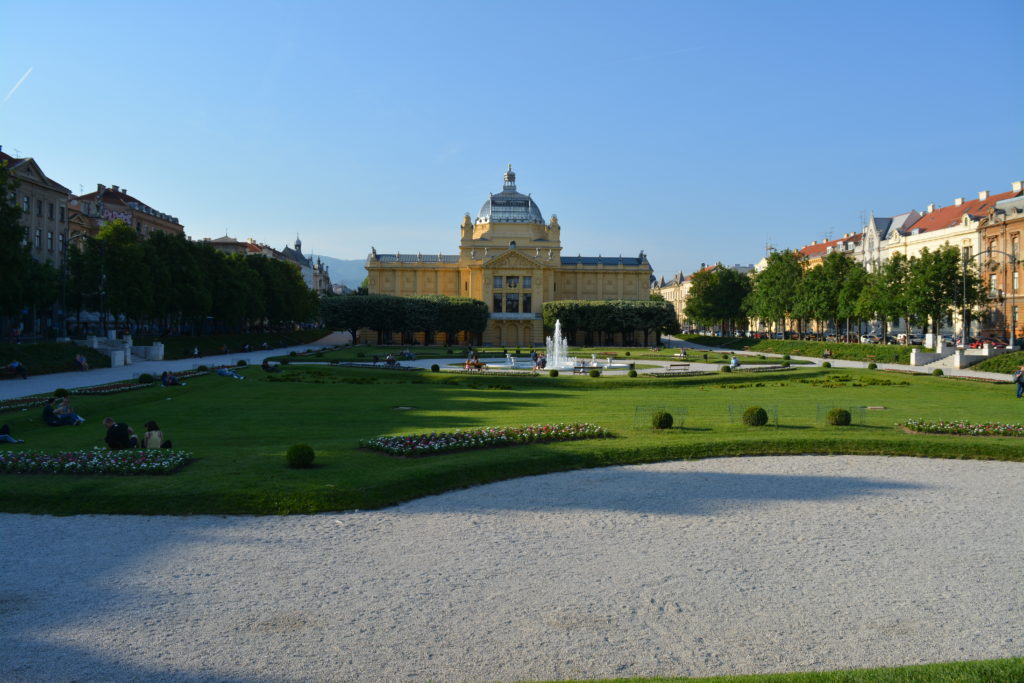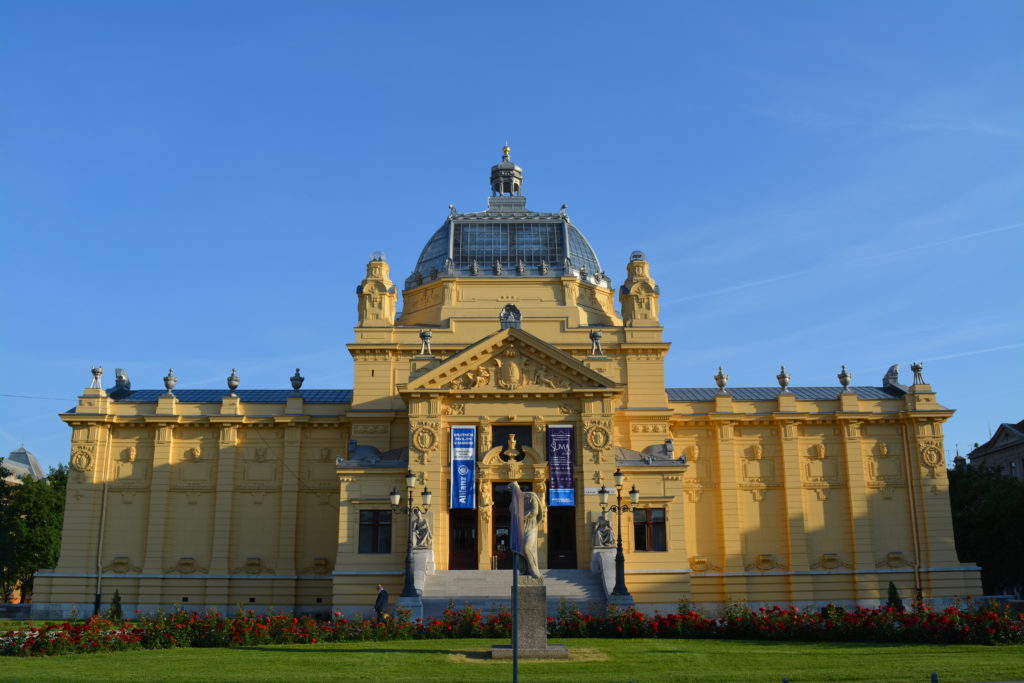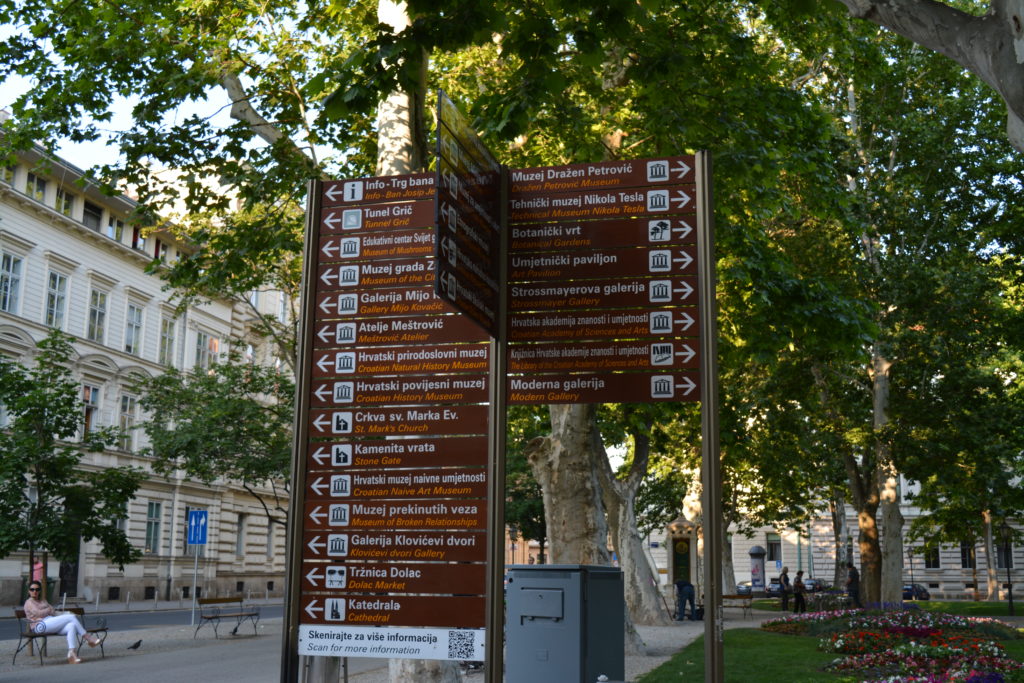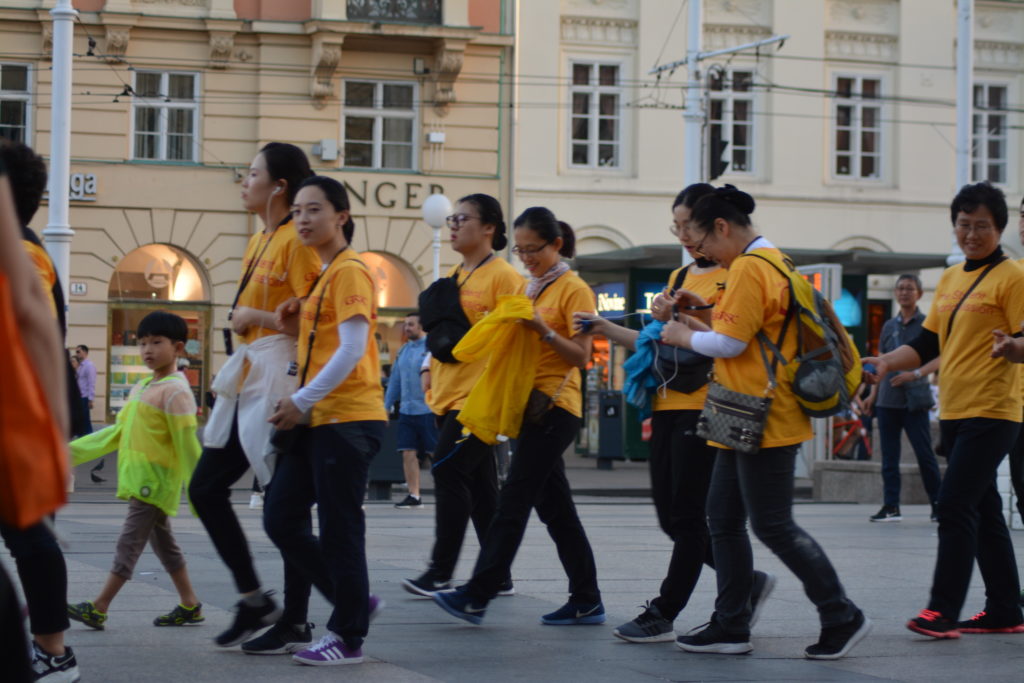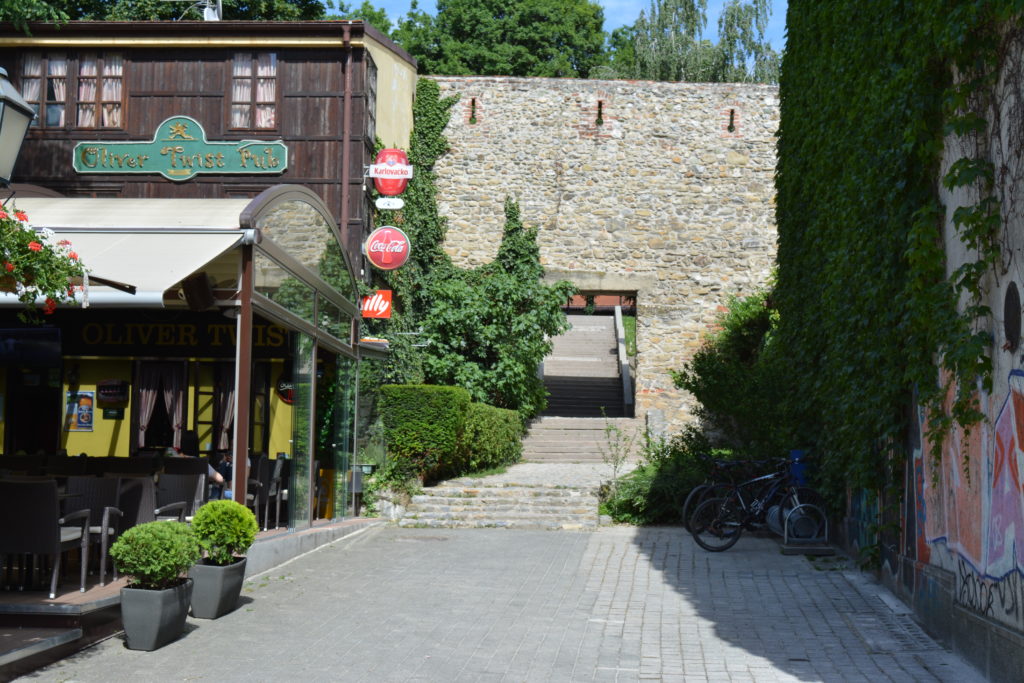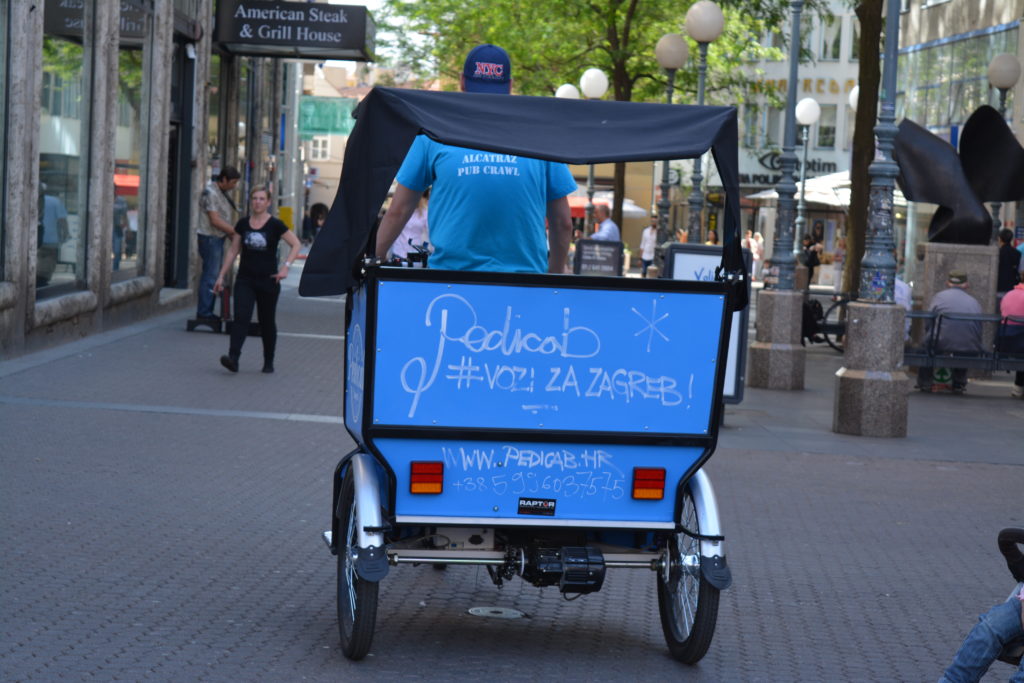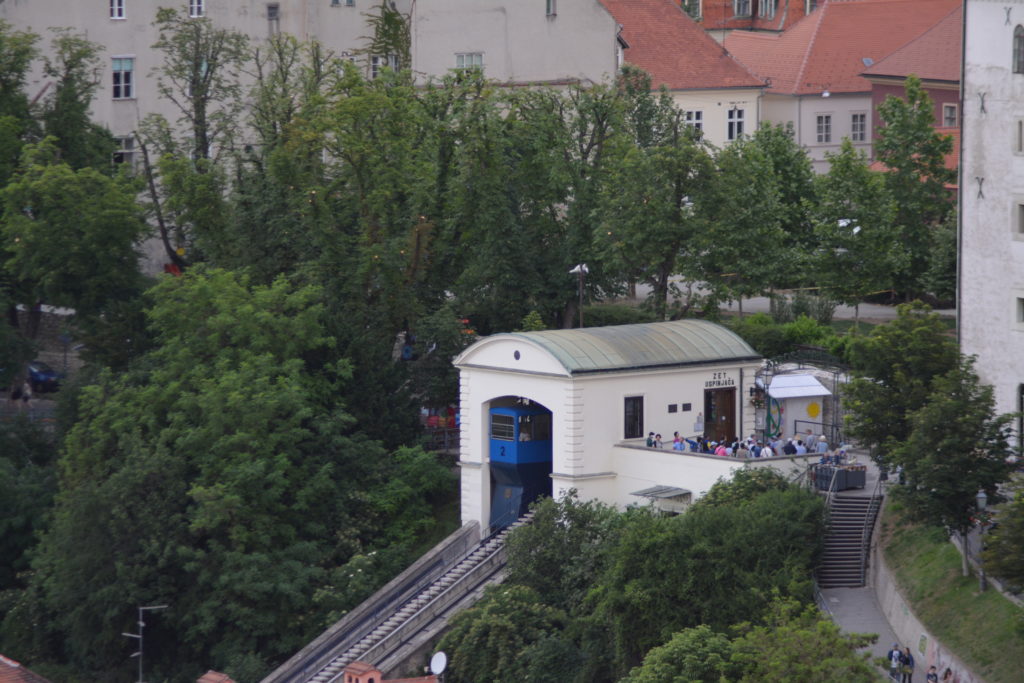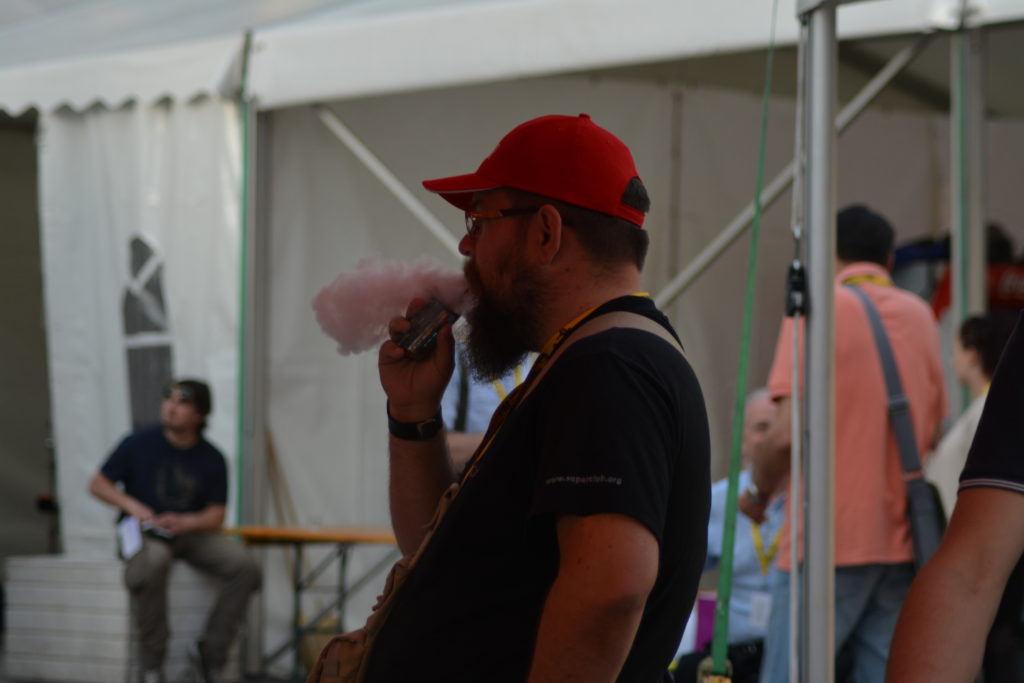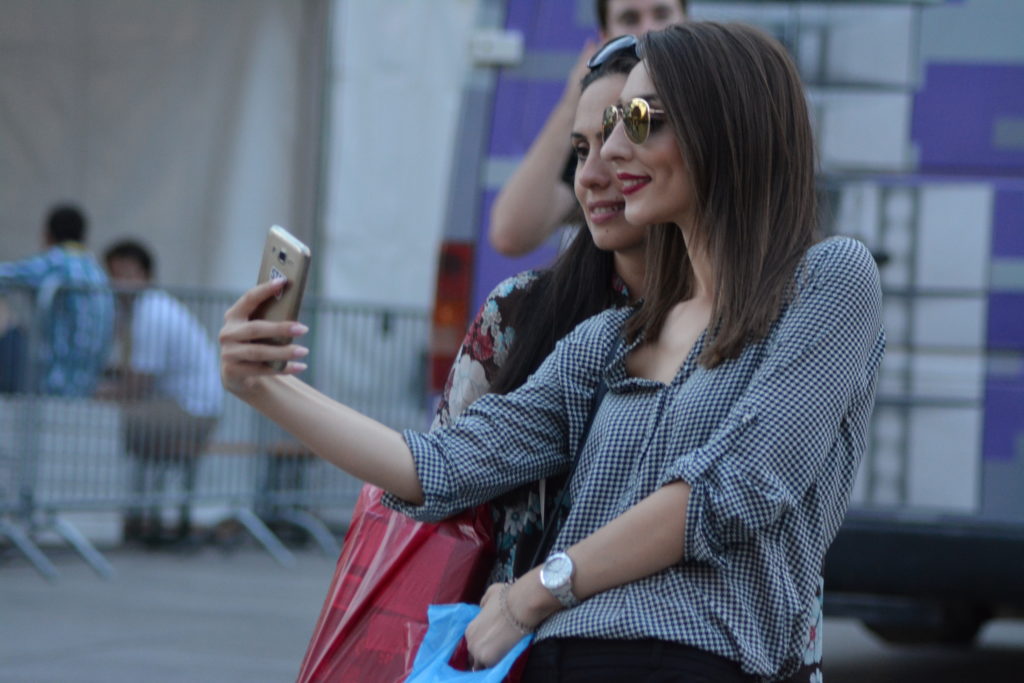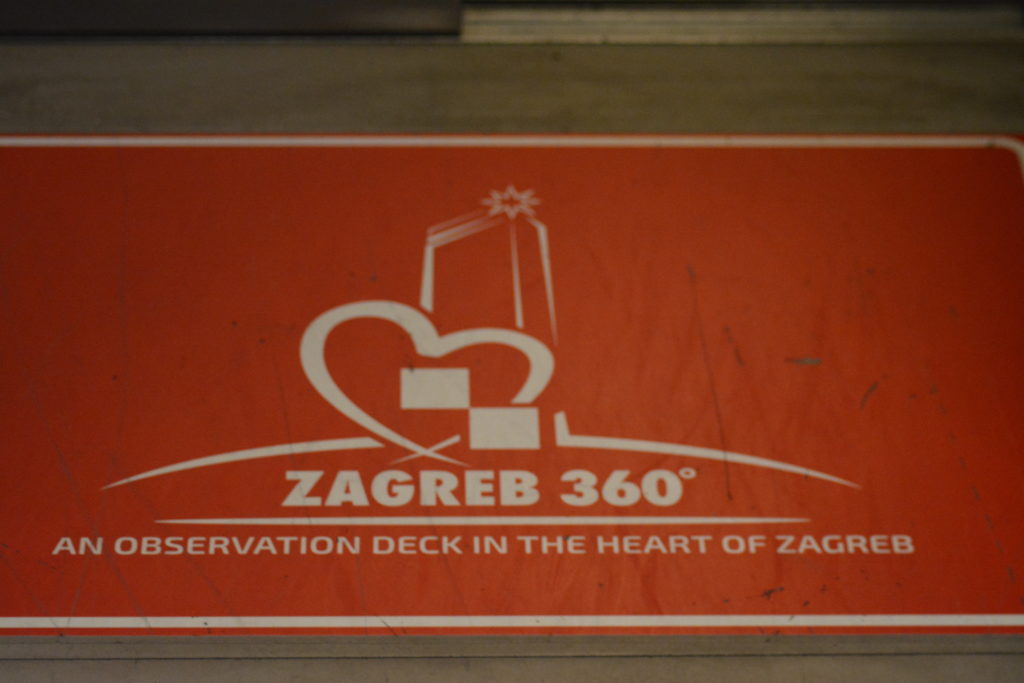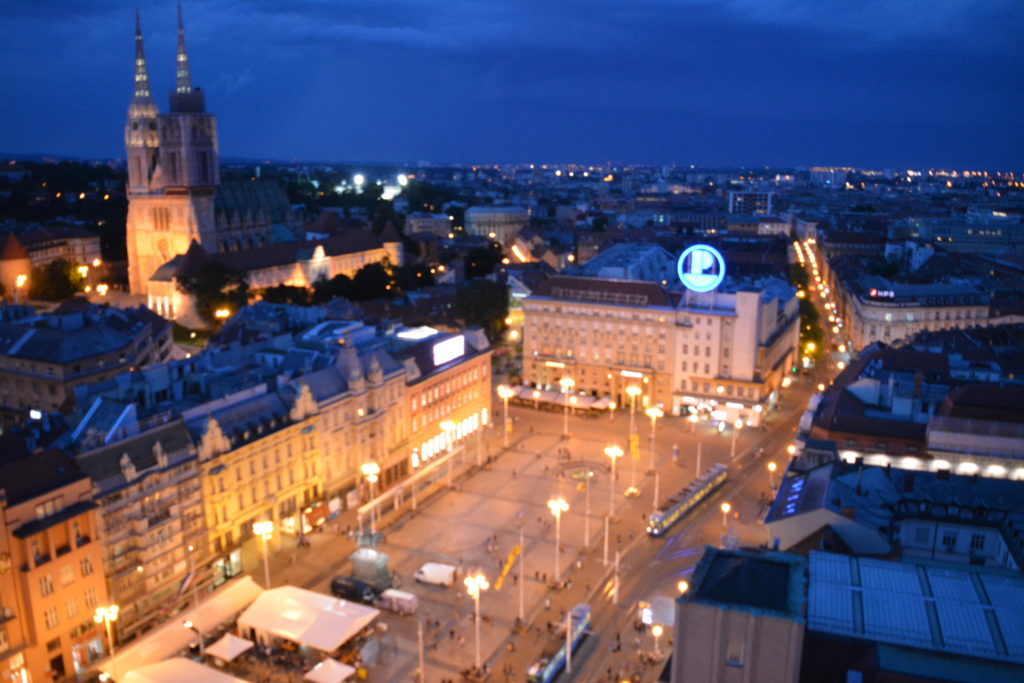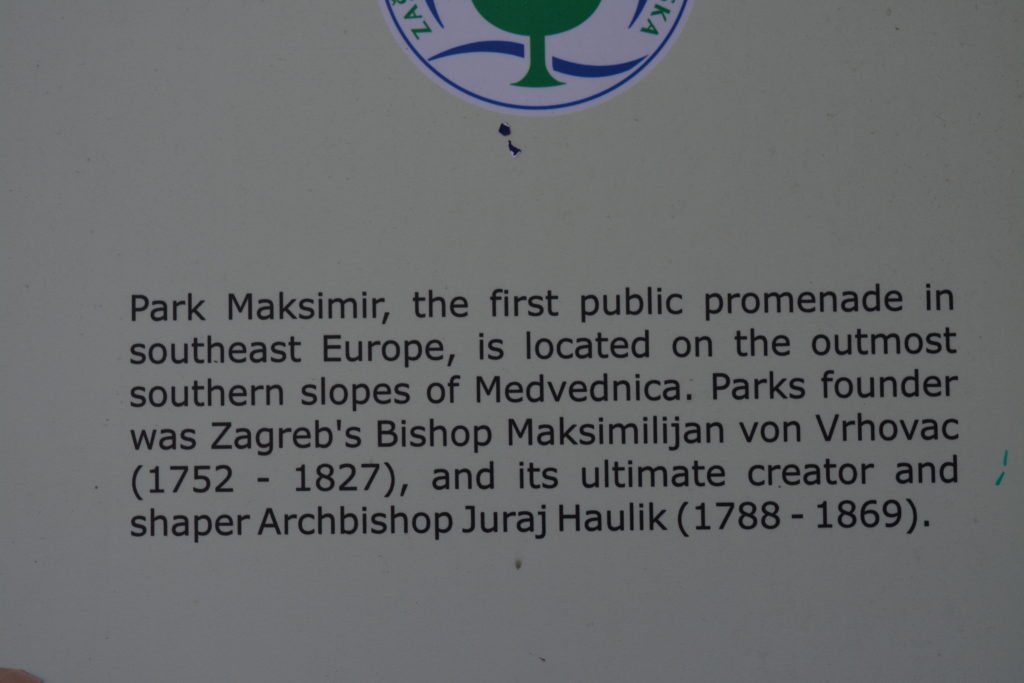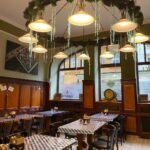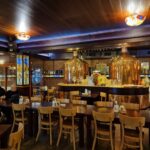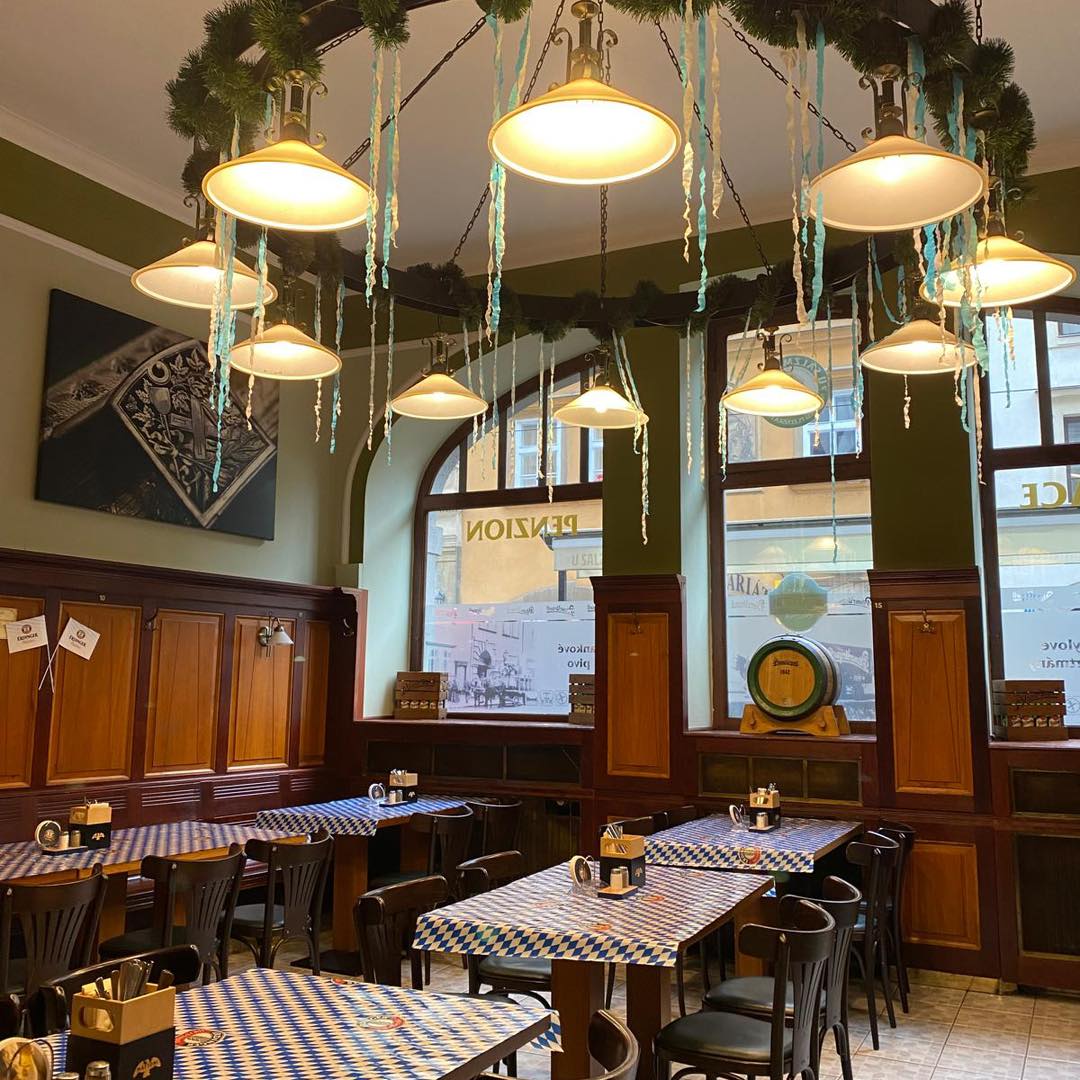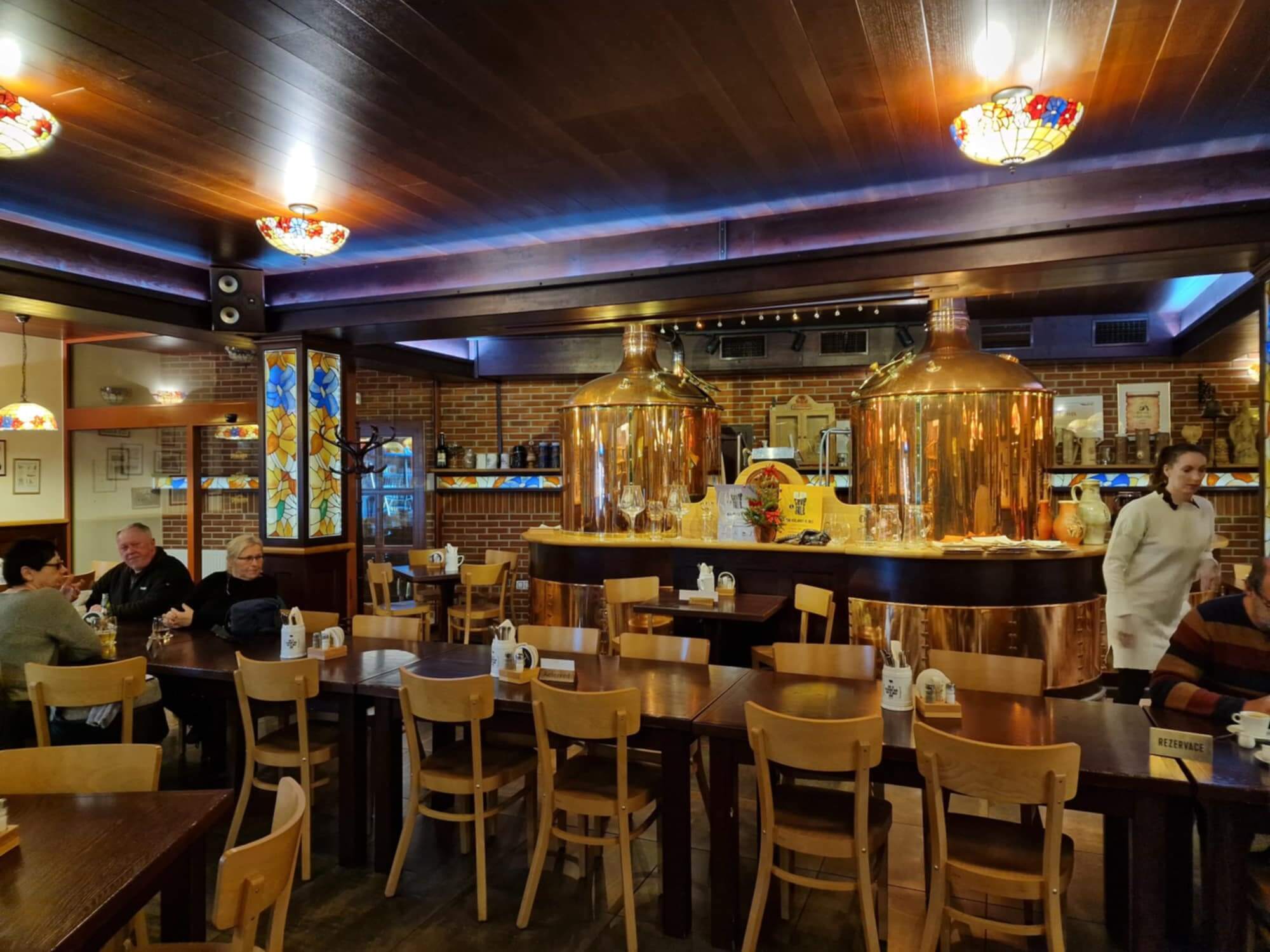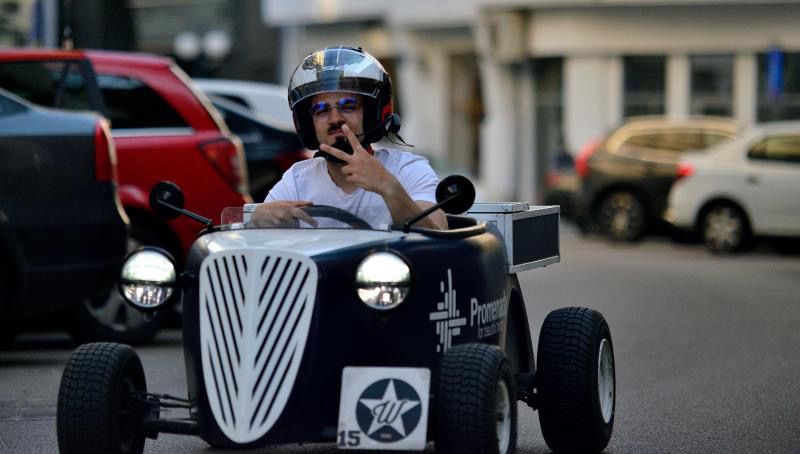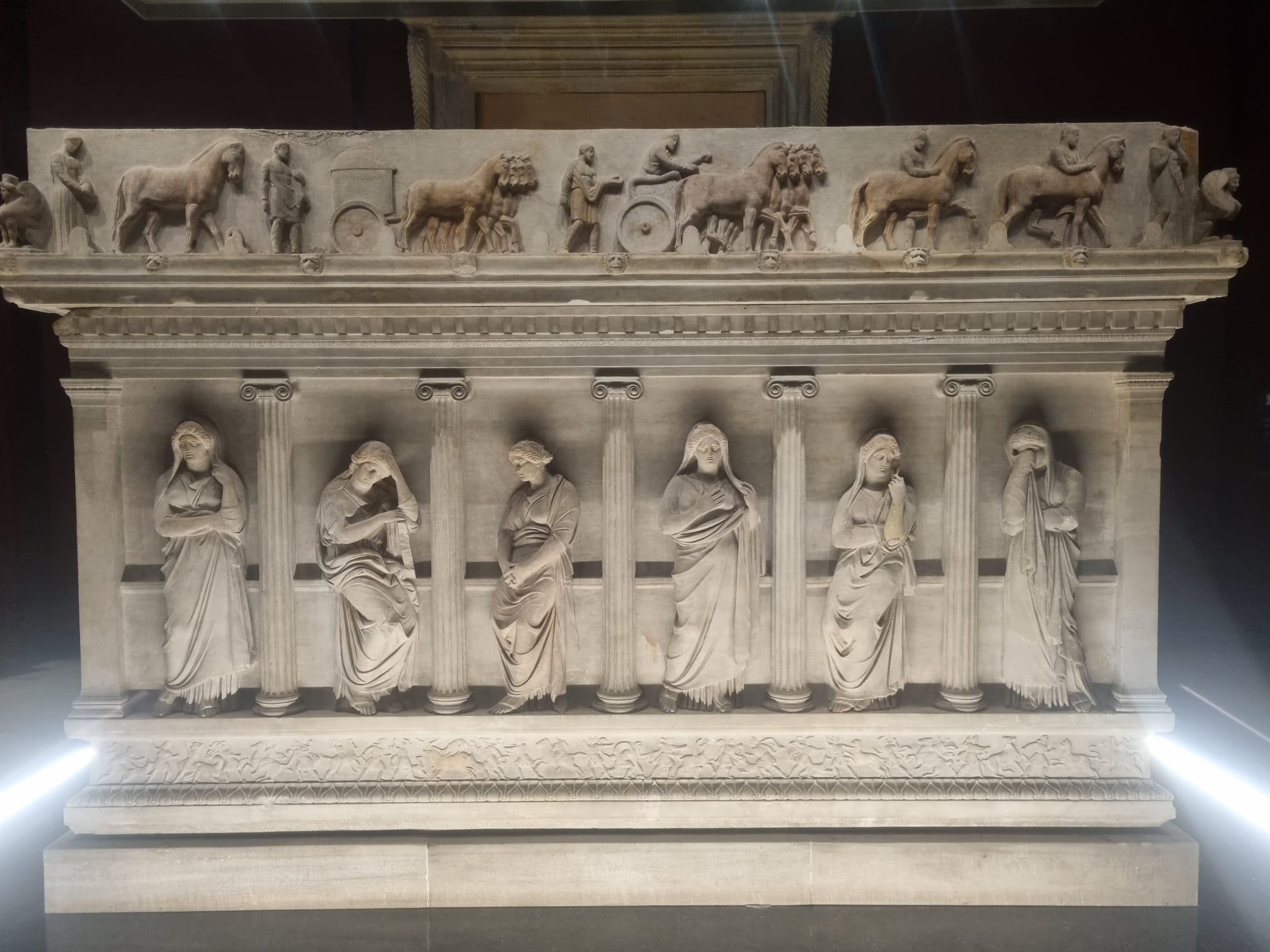Life in Zagreb
Zagreb – the chill style I had time in Zagreb.
Time to watch the central square and its events, time to talk to people and time to feel the atmosphere of the city. I sat on a bench uphill and heard the school bell, I walked through the square and ate cherries for free. I had time in Zagreb. I sat on another bench and looked at the city from where I was, listening to a saxophone… It is beautiful in Zagreb. I was writing about why Zagreb is a wonderful opportunity for a city break, and that unfortunately it is not very popular among people as there are no direct connections. Now there is Croatia Airlines with three weekly flights from Bucharest to Zagreb, so the excuse cannot be used anymore. It will slowly become not only a transit city, but also a destination as popular as it is for Asian people. I want to tell you about the city, not about the touristic attractions. The people, their life, tourists and the way in which days pass.
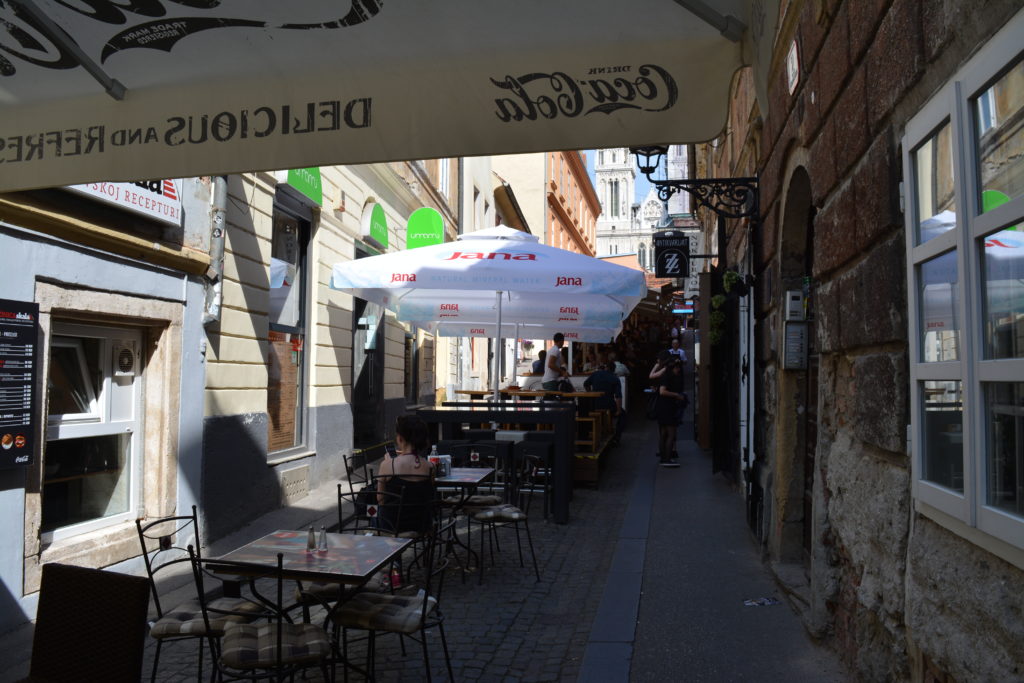
What do you know about Croatia? And I don’t mean Zagreb or Dubrovnik. Do you know about Vukovar? A city which was destroyed at the beginning of 1990 because of the war between Croatia and Serbia. I want to provide you with a study case which will make you understand how things work and where we are now despite the violent past. Do you remember Targu Mures in 1990? Not many of you, I believe. In March 1990, there were one of the most violent attacks in Romania’s modern history between ethnic Romanians and Hungarians in Targu Mures. Both sides of the conflicts had countless deaths, but the conflict shut down quickly. Imagine what would have happened if it would have developed in a succession war. Transylvania would have become independent and would have become separated from Romania. Naturally, most of us have relatives and friends in Transylvania, as we do in Moldova, Oltenia or Dobrogea. The ones in Transylvania would have to live in another country and in order to visit their aunt/mother/brother, they would need a passport. Add a war full of deportations on both sides to this, violence and exaggerations from both sides. Plus three religions, plus Bosnia people, plus Slovakians, Albanians, Germans, plus the huge inheritance of Tito, plus old resentments of Nationalism in Croatia, plus Serbian Nationalism…An explosive mix of feelings and resentments. The year 1990 was terrible for this part of Europe. I admit that it is a forced comparison with Transylvania, Croatians being different from Serbians, but it is an example which can help you understand the situation. They started from a war, a mix of ethnicities, religions and cultures and ended up as one of the most respected and quite countries in Europe. I was expecting something else before leaving. I was expecting to still feel pain and conflict. I was expecting to find something from the ex-Yugoslavian space, which I have already visited. This frond against the West, that crazy and agitated spirit. That mix of nations, the pride and craziness which is sometimes beautiful, other times lit up for an extreme love for the country. However, I found a quiet city with Western influences. Having made peace with the past. Not living with violent memories, looking to be open to the 21st century. Zagreb in the year 2017. Zagreb is a metropolis like any other in the West. Clean, spacious, neat, green, with superb buildings and amazing areas. It exhibits its beautiful history and attracts looks and admiration. Far from the tram noise, bikes are extremely popular, having conditions created for them. Sitting on the grass is not forbidden anywhere and terraces are filled with tourists.

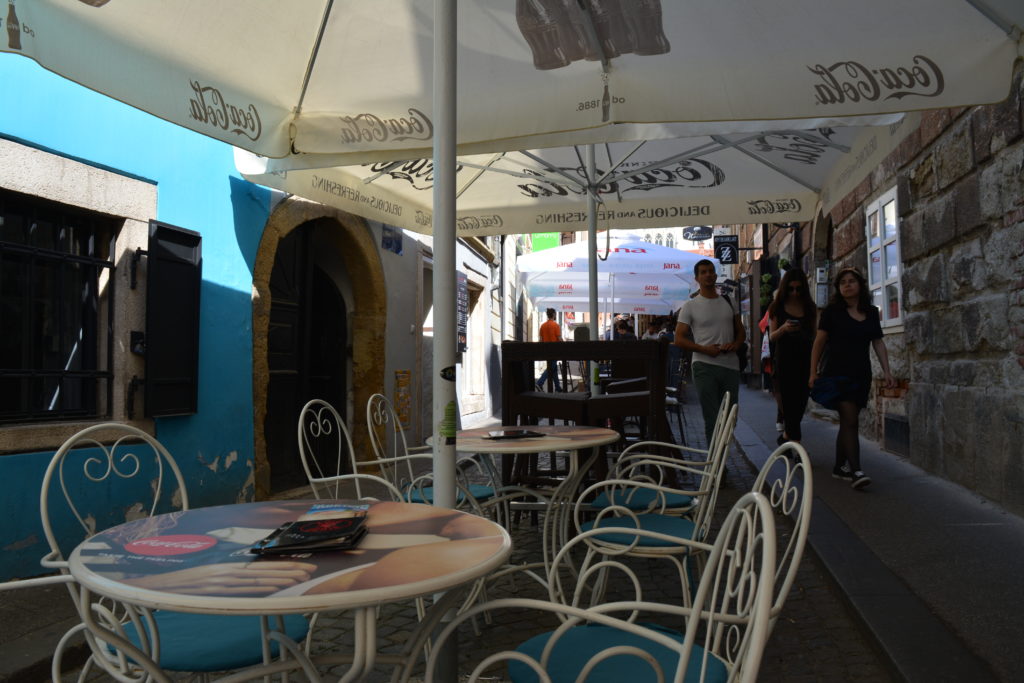

Life in Zagreb
Zagreb is a magnet for Asian tourists. I don’t know the reason. Maybe an amazing marketing. There are definitely many Asian groups walking through town. Many. Loud and fun. Each of them with their camera in hand. Locals seem to be so used with this that they don’t even remark them. When they stop at a terrace they invade it. Next to them, we also sit down in an approximately equal number, but from all other parts of the world. Zagreb is a very friendly place for tourists. It provides free wifi in important areas, it is safe as many cities in the world are not, it guides you easily to any place you want to visit, there are signs everywhere, it guarantees you terraces and tons of tourist attractions. In plus, English is spoken by 90% of the local. Irrespective of where you are from, someone knows how to talk to you and not only that. They are also patient and guide you. I ended up in the Central Square during events, but from what I have understood these types of concerts happen often. I have discovered many exhibitions, expositions, concerts and the cultural life in Zagreb. From the concert in the Central Square to the one at the Art Museum or the exposition of different organizations from the nearby park. You can find something to see and to do everywhere. I went through the city center for many hours. I people-watched with a beer in my hand and my camera ready to capture a moment. People in Zagreb are beautiful. The one who waits for his girlfriend, the girl saying hello to her friends, the public of a concert, rushed locals or older people with all the time in the world. It feels like it is a good place to live and that they are happy with their life. Living myself in their world for some days, I tried to understand them and not only visit their home. They are welcoming, the new generation is open and unsatisfied with their politicians, old people are nostalgic. They have worries and they are also happy, smiling. They are proud of themselves and their sports people, of Dubrovnik and of the seafront singing because of the waves. They listen to music with Croatian lyrics and they always have a spark of gratitude in their eyes. They are at peace with the past and look towards the future. They love and are loved, and put locks for the love to remain. They pray and hope for the best as we all do.


Zagreb is not the most beautiful or rich place in the world, but it is a city where life is beautifully and peacefully lived. It awaits for you with open arms.
